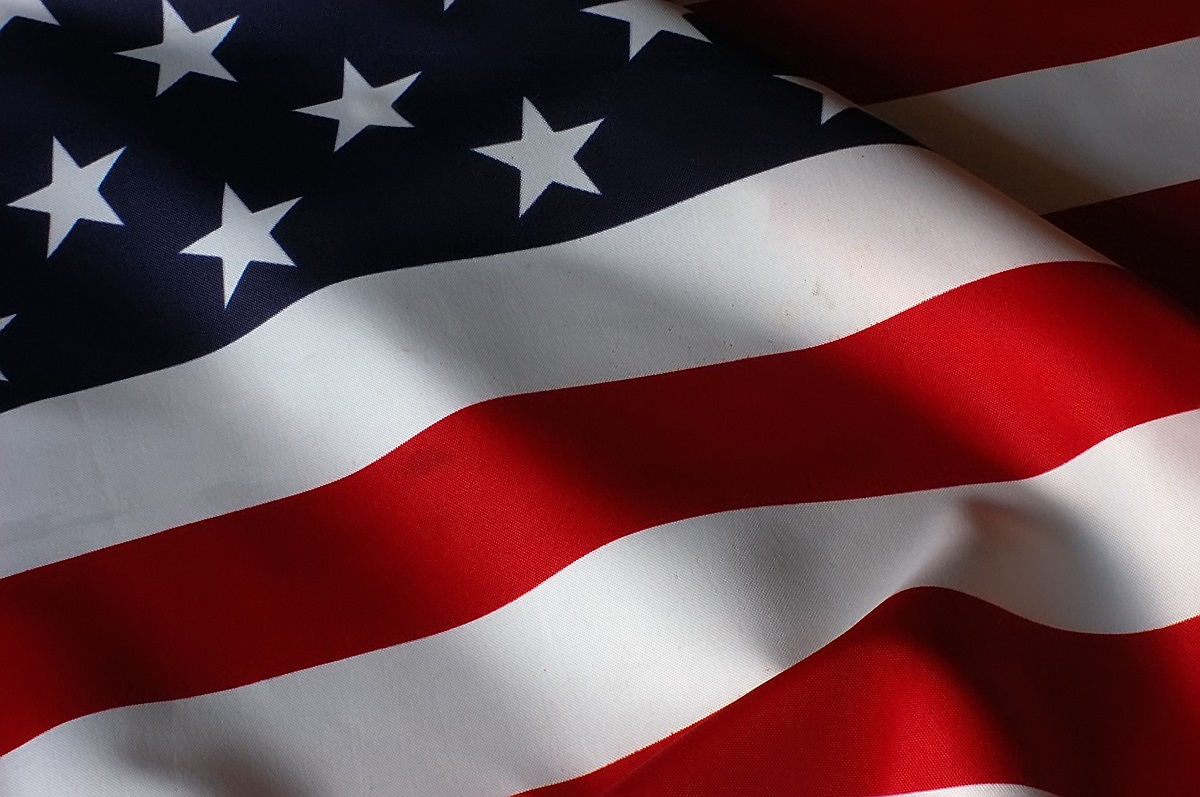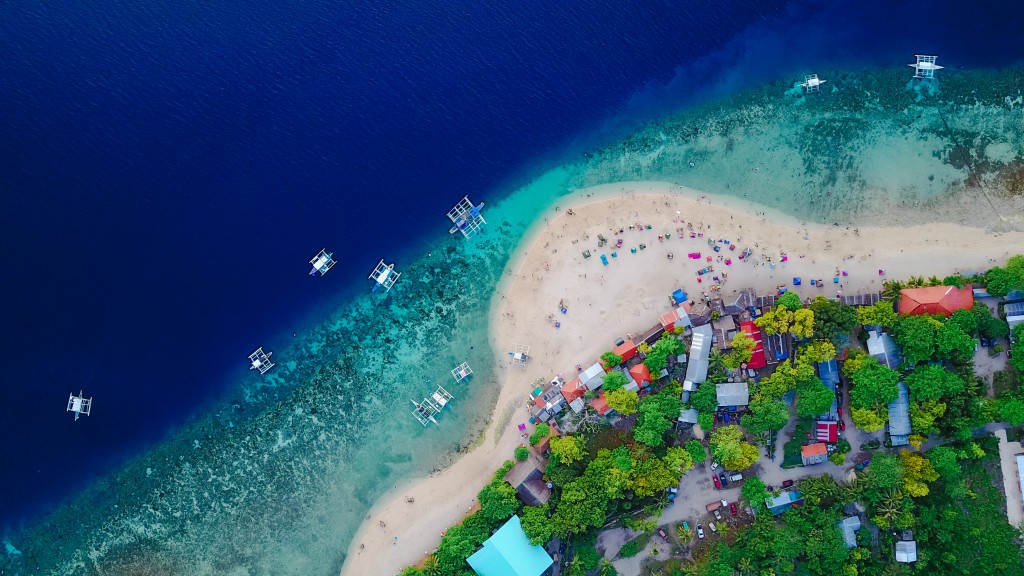Traveling should be a fun experience. It exposes you to environments distinct from your locale, to the cultures and traditions of different peoples. Unfortunately, traveling also brings us anxieties. Many of us have heard stories about getting mugged, possibly getting drugged, and falling prey to human trafficking.
If we were celebrities or multimillionaires, we could easily comfort ourselves with reliable guard services, book the most exclusive accommodations, and have a vacation in secluded beaches. We would not worry about stepping out on the streets any time of the day or maybe even night, only focused on the possibilities that we could explore. Freedom from fear could really open up several experiences for us.
But not many of us could afford all these kinds of security measures. What we could work on, perhaps, is doing research to understand more about the countries we might want to visit but are afraid of doing so. Some of them are misrepresented in the media, while in some cases we judged based on a rare occurrence. Of course, there are also places that are really dangerous. We have here countries that are getting mixed perceptions from travelers.
Cuba
Because of the long blockade imposed by the USA on Cuba, the country did not have that lucrative tourism as much as its Caribbean neighbors. As a result, there had been several misconceptions about it, especially as its government was established through a bloody revolt. Then it was followed by the Cuban missile crisis, which had actually primarily been between the U.S.A. and the Soviet Union. Cuba had also actively repulsed U.S. intelligence, and even now, punishments for crimes in the country are quite severe.
For tourists, however, there are only two kinds of people to be wary of — the swindlers, and the excessive flirts. For a long time, only those who are given a permit by the government could interact with tourists. But eventually, this policy became laxer. And as Cubans learned they could earn a lot more from tourists than their fixed minimal wages, a lot of them started hounding foreigners. This is especially true in Havana, the country’s capital. In places where tourists are not as plentiful, however, locals are warm, respectful, and mind their own business.
El Salvador
This Central American country has been notorious because of its Civil War, and the following violence of the Las Maras, a gang involved in the drug trade in Central America and the U.S.A.
Tourists going through Central and South America often skip El Salvador, going down from Guatemala proceeding directly to Nicaragua. It is probably for this reason that Salvadoreños have been able to cultivate a culture that is uniquely theirs. In a country where people have the tendency to be suspicious, they have a surprising tradition of commuters who are standing in a bus entrusting their things to those who are seated. Of course, this probably came about from need as buses in San Salvador could be very packed that there’s no room for even a bag to fit between two people.
Philippines
According to the Global Safety Index in 2020, the Philippines is the most dangerous country in Southeast Asia for the combined reasons of high crime rates, civil unrest, and health problems. For this reason, travelers jet-setting in this region avoid this country despite its enticing beaches and tropical charms. But in truth, there can be pickpockets and a lot of swindlers in the country’s capital, but the direct assault of foreigners is very rare.
Daring to venture into this country’s capital, Manila, may not be that rewarding. After all, the city and its surrounding cities are the centers for economic and political activities. But if you wish to glimpse some traces of the country’s Spanish heritage, Intramuros in Manila and the surrounding area is a good stop. Just avoid the rush hour traffic as the narrow streets of this city could get congested for several hours.
Manila is also the location for the world’s oldest Chinatown, Binondo, established during the Spanish colony for the Catholic Chinese. The history of this small settlement would explain how Filipino-Chinese families are currently at the top of the economic hierarchy in the country.
The USA

A lot of U.S. citizens would probably not agree with this, but even before the looting and violence that came in the wake of protests against racism this year, a lot of travelers have already perceived the country as dangerous. This had mostly been due to mass shootings, and the history of race-targeted violence in the country.
Of course, there are some states that are more notorious for being dangerous, but like in other countries, the entire country is affected by the dangers in one part.
Although the danger is always present everywhere, what actually immobilizes us is our fear of the unknown. We fear what might happen and this fear is heightened by our lack of understanding of the risks we face. Every traveler wants to feel secured. It is thus the responsibility of every traveler to prepare before venturing out into the world.



